Online Enquiry Form
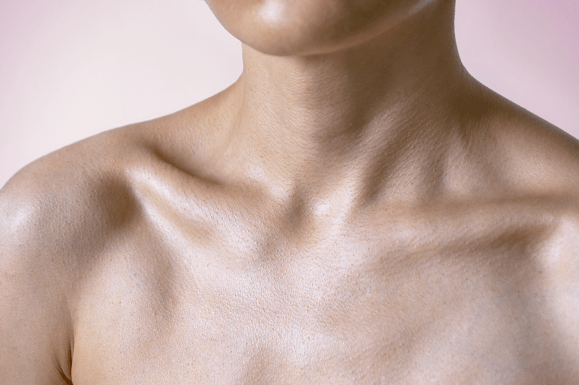
Overview
A broken collar bone, also known as a clavicle fracture, is an injury to the shoulder and occurs most commonly in children under 7 but also in 15-35 year olds who perform contact sports like rugby or who go cycling and risk falling. Broken collar bones are classified according to the location they occur along the length of the bone.
- Over 80% of all collar bone breaks occur in the middle third.
- About 5% medial third (the third closest the midline).
- About 10% distal third (the third closest to the shoulder).
More severe breaks involve separation or displacement of one side of the break away from the other. The larger the displacement, the harder it is to repair or “reduce” the fracture. Some large displaced broken collar bones may displace so much that they rise and pierce out of the skin and are known as compound clavicle fractures.
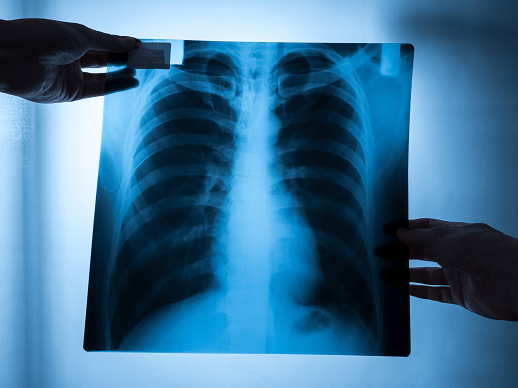
Symptoms
A broken collar bone may exhibit the following symptoms:
- Very painful.
- Clicking, cracking and unusual sounds with shoulder movement.
- Loss of shoulder movement, in particular reaching up and across the body.
- Abnormal collar bone shape with possible bump or skin protrusion.
- Strong muscle contraction and spasm of the shoulder.
- Associated swelling and bruising of the shoulder.
Causes
A collar bone is susceptible to being broken from a fall injury or due to a direct impact injury. The amount of force required to break a bone decreases with age as bones become less dense and possibly even brittle.
Fall Injury
Falling is a very serious problem and can be sustained while you are moving or stationary and from a low height or from a greater height. The more horizontal the fall on the front of your shoulder, or outstretched arm, the higher the risk of breaking a collarbone. Falling over the front of the handlebars of a bicycle often causes this injury.
Direct Impact Injury
Contact sports like AFL, rugby and NRL where fast moving players are stopped suddenly by impact to the point of the shoulder, or when they are tackled and have their shoulder driven into the ground, risk having their collar bones broken. The more the impact is from the front and down on the shoulder, the more likely it is to break.
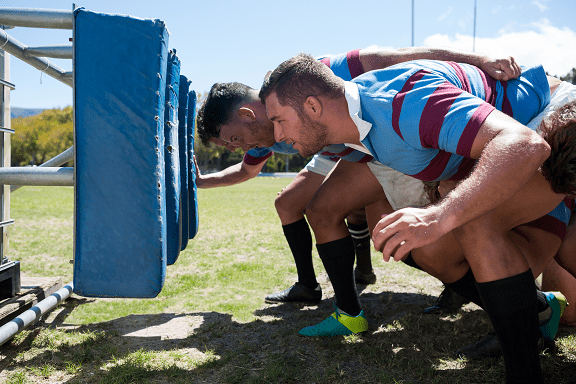
Diagnosis
To diagnose a broken collar bone, the following elements will be taken into consideration:
- Nature of the injury (sports, work, accident, overuse etc).
- Cause of the injury (impact, collision, fall, repetitive/slow onset).
- Context of the suffering (age, return to sport, work, impact on daily living).
- Perform a physical examination to ascertain pain and range of movement.
- Perform specialised diagnostic tests to confirm diagnosis.
Non-Displaced Clavicle
If a collarbone is broken but the ends of the break haven’t separated or moved apart, then it is known as a non-displaced fractured clavicle which will be confirmed on xray.
Displaced Broken Clavicle
If a collarbone is broken and has separated so that the ends of the break are no longer aligned, then it is known as a more serious injury called a displaced fractured clavicle and can be confirmed on xray.
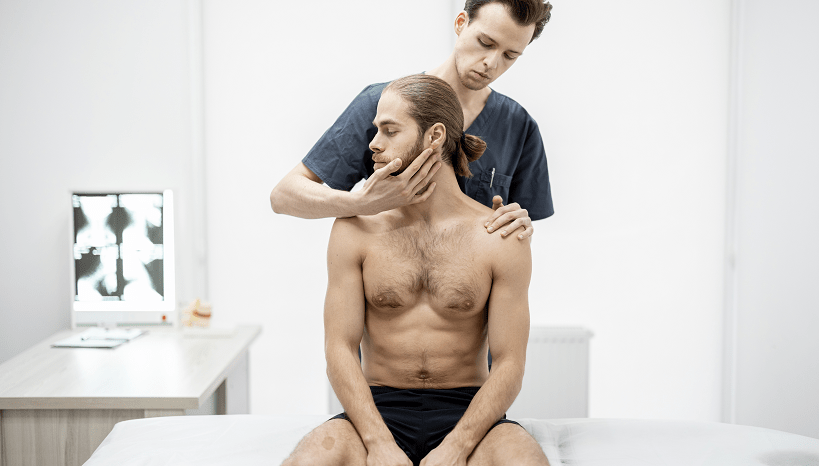
Treatment
Treatment begins with a thorough diagnosis to understand the severity of the condition in the context of your age, your sport, your work and your life to understand what is important to you about your recovery.
Non-Surgical Treatment
Fractures in children and non-displaced clavicle fractures may not need surgery. Non-surgical treatment involves the following:
- Rest and immobilisation in a sling.
- Pain and anti-inflammatory medication.
- Consideration for surgery.
- Physiotherapy rehabilitation protocol.
Surgical Treatment
Displaced clavicle fractures are indicated for surgery, particularly in severe cases or adult cases, the surgical procedure being a broken collar bone reduction. This is where a surgical plate and screws realign fractured and displaced bony fragments of the collar bone.
The goal of open reduction and internal fixation (ORIF) of a broken clavicle, is to open the site for repair, reduce or bring the ends of the break back together, and hold them together using a surgical plate like bone armour, and screws to hold the plate down.
Once in, your plate and screws are designed to stay in, only ever needing to be revised if there is a problem or if you re-break your clavicle.
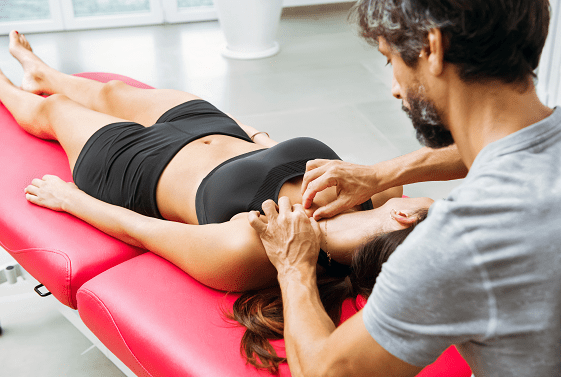
Post Operative Rehabilitation
You will achieve the best surgical outcome if you follow up surgery with a matching course of rehabilitation. Following surgery Dr Gupta will outline the most appropriate rehabilitation protocol for your physiotherapist to follow and communicate with your healthcare team to ensure that you receive the best post operative treatment.
Please contact our friendly team on 02 9687 8344 or make an online enquiry here.

Dr Manish Gupta | MBBS FRACS FAOrthoA
Dr Manish Gupta is a renowned expert surgeon in the field of orthopaedic surgery specialising in upper limb including shoulder, elbow and wrist.